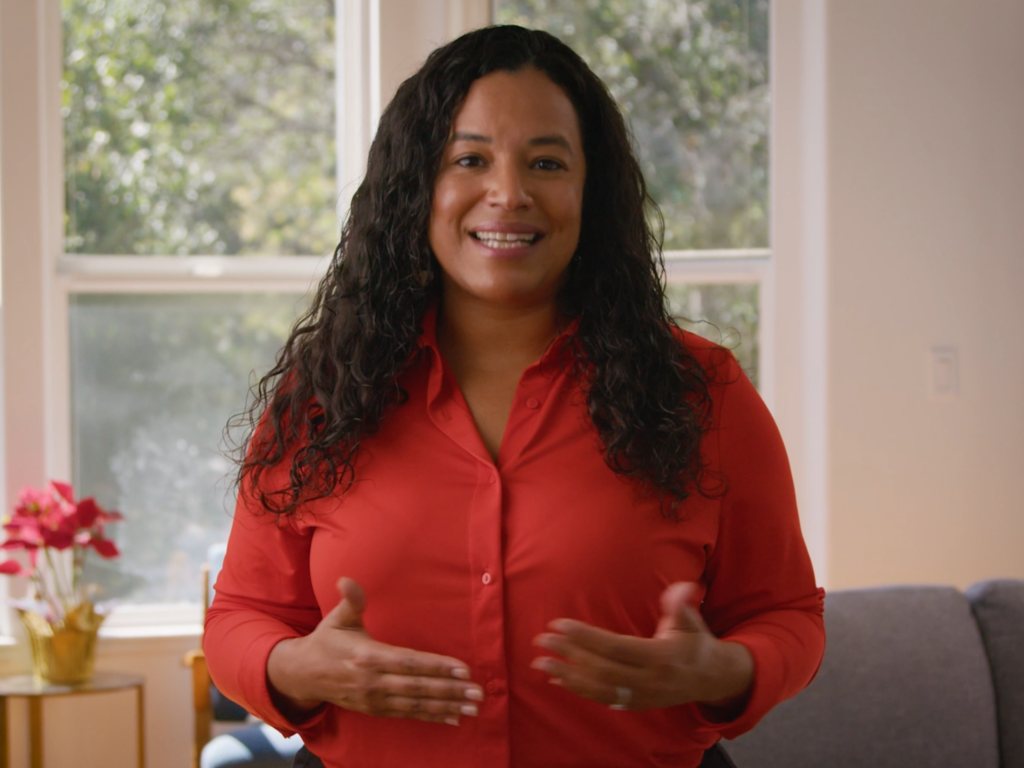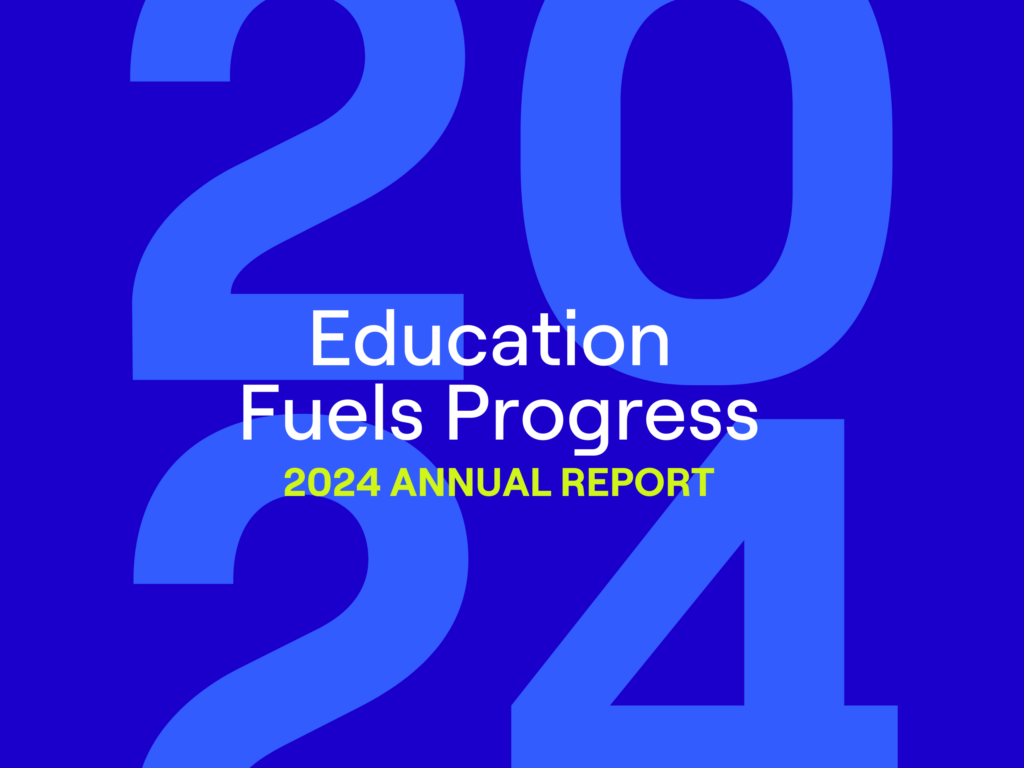I remember the exact moment I realized the importance of diversity in education reform. This realization occurred during a diversity exercise at the opening retreat for a high school leadership program. Ironically, I realized how important diversity was through an exercise that I thought was counterproductive to the inclusive aspect of diversity.
We were standing in a circle and the exercise called for us to close our eyes, listen to a series of questions, and either step forward or backwards depending on the question. As a strategic method of showing us how diverse we were, the questions associated with affluence and/or middle-class attributes required us to step back and the ones associated with poverty and/or working-class attributes required us to step forward. When all the questions had been asked we were allowed to open our eyes. What everyone noticed—which was the objective of the activity—was the distance between the rich kids and the poor kids. What I noticed was the distance between the facilitators and those of us standing in the center of the circle.
Theoretically, this exercise was a great idea. The exercise was designed to be thought provoking and help us sophomore and junior high school students see just how much work still needed to be done in achieving diversity. However, as intelligent young people in the Birmingham, Alabama metropolitan area (the Mecca of the Civil Rights Movement) we weren’t exactly oblivious to race and class issues in the United States. As a matter of fact, there was already an awkwardness between the “inner-city youth” (mostly black and brown kids) and the kids of suburbia (mostly white kids). So our first activity didn’t need to show us how different we were—life had already done that—though the discussion of race and class was necessary. Before we did anything else, we needed to know we were on the same team.
After noticing the distance between the haves and the have nots—and the even bigger distance between us “inner-city youth” and the adults in charge—I thought to myself: Who thought this was a good idea? That question became my reprise during my year as part of the program.
Now please don’t think I hated the program. I enjoyed it! I made many new friends and had conversations that I otherwise would not have had as an African-American working-class teenager who lived in a low-income neighborhood. I even liked the adults in charge, and I could tell that they genuinely liked me and that their work came from a good place. But what I wasn’t too fond of was the structure of the leadership team—they weren’t diverse.
Yes, the leadership team made sure the speakers that spoke to us and the companies that sponsored our events were diverse, but the decision makers themselves were not diverse. This lack of diversity was overt in the planning and execution of diversity-themed activities. At times, some of my peers and I felt like the adults viewed us as a project that they decided to take on after being inspired by a sermon on giving back, not as young members of society ready to be equipped with the leadership skills to change America for the better.
Today, as a senior at Howard University, I am often reminded of the importance of diversity in relation to education reform. So here are four things I think we should all remember as we work towards improving education in our country.
- We are on the same team. No matter what race, ethnicity, gender, religion, socio-economic background, sexual orientation, physical ability, etc. we all have a common goal: educating our nation’s children. (So let’s not play the blame game.)
- We need diversity. Every level of education reform needs to be diverse so that parents and students are sure their ideological perspectives are represented when decision are made.
- We need proximity. Besides being physically close to the students we serve, we also need to be emotionally and culturally close to them. (Note: All black and brown people are not agents for low-income and working-class children because not all black and brown people have experienced life a part of those respective classes.)
- We have to deal with the uncomfortable. No, we aren’t where we want to be yet, but that doesn’t mean we should continue to whisper about diversity. We have to deal with our issues head on—remembering “the first step to recovery is admitting [we] have a problem.”
With these four reminders in mind, I am convinced that our goal of educating America’s children and closing the achievement gap will progress.
Derrick Spencer is a UNCF-Walton Fellow at NewSchools Venture Fund and an English major at Howard University.


